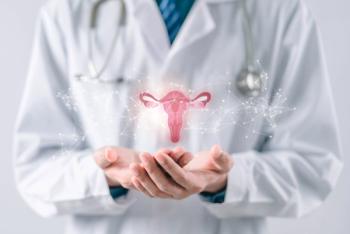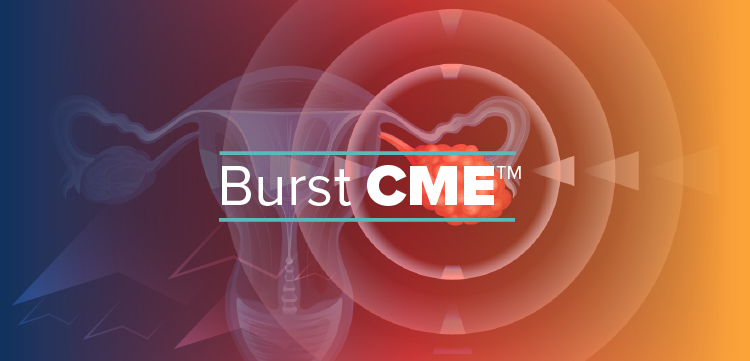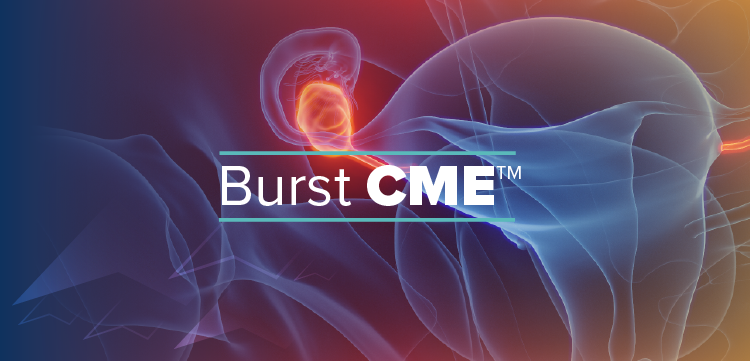
Douching, perineal talc use examined as risk factor for uterine fibroids in Black women
As there is a higher rate of uterine fibroids among Black women, researchers seek to find the cause.
Younger Black women who use perineal tac are more prone to develop uterine fibroids (UFs), according to a cross-sectional study in the Journal of Women’s Health.
“Black women are at an increased risk of developing fibroids, but the cause is unclear,” wrote the authors. “Douching and perineal talc use are common lifestyle exposures among Black women, and may be risk factors for fibroid development.”
The study comprised 1,693 Black women, aged 23 to 35, from the metropolitan Detroit area without a prior diagnosis of UFs and with an intact uteri.
UF prevalence was 23%, based on those detected at baseline ultrasound. Use of douching products and perineal powders or sprays were self-reported during a computer-assisted web interview (CAWI).
Overall, 43% of the entire cohort reported ever douching more than 10 times in their life.
The mean age that women began douching was 18 years old, and 31% of women reported currently douching at least once in the last 12 months, while 10% reported douching more frequently at a time point prior to the survey.
Participants who ever douched tended to be older, have less formal education and lower annual household income than participants who never douched.
Those who ever douched also tended to be younger at first sexual encounter and were more likely to have ever used contraceptive injection medroxyprogesterone acetate (brand name Depo-Provera), a history of 2 or more births and a longer time since last birth compared with women who never douched.
Among the women that douched, 77% reported using mostly a water and vinegar solution.
However, the investigators did not observe a link between ever douching and UF prevalence: prevalence ratio (PR) and 95% confidence interval (CI): 1.05 (0.89 to 1.23).
The investigators also did not observe a connection between ever douching and total UF volume: odds ratio (OR) 95% and CI ≤2:00 cm3: 1.04 (0.66 to 1.42); and OR and 95% CI ≥2:00 cm3: 1.06 (0.77 to 1.44).
Douching has the potential to alter the reproductive tract microbiome by removing naturally occurring flora or by exposing the tract to exogenous bacteria, according to the authors, thus increasing inflammation and introducing endocrine-disrupting chemicals.
However, despite biological plausibility, the investigators did not find evidence to indicate douching increased UF prevalence or size.
In addition, although few women reported douching with scented products, which are the solutions most likely to contain phthalates, this group did not have an elevated prevalence of UFs.
On the other hand, 15% of the cohort reported ever using perineal talc, for which there was an increased prevalence of UFs: PR 95% and 95% CI: 1.19 (0.97 to 1.46).
This association was noticed for both large and small total UF volume: OR and 95% CI volume ≤2:00 cm3: 1.23 (0.81 to 1.86); and OR and 95% CI volume ≥2:00 cm3: 1.39 (0.93 to 2.09).
The study’s findings of increased UF prevalence among perineal talc users might be attributed to talc fibers potentially entering the uterine tissue, thereby causing damage and inflammation.
“Additional research is warranted to investigate perineal talc in relation to fibroid risk in a prospective setting and to conduct laboratory work on potential tumorigenic effects of talc in the myometrium,” wrote the authors.
__
Reference
Wright MA, Moore KR, Upson K, et al. Douching or perineal talc use and prevalent fibroids in young African American women. J Womens Health (Larchmt). Published online March 5, 2021. doi:10.1089/jwh.2020.8524
Newsletter
Get the latest clinical updates, case studies, and expert commentary in obstetric and gynecologic care. Sign up now to stay informed.
















